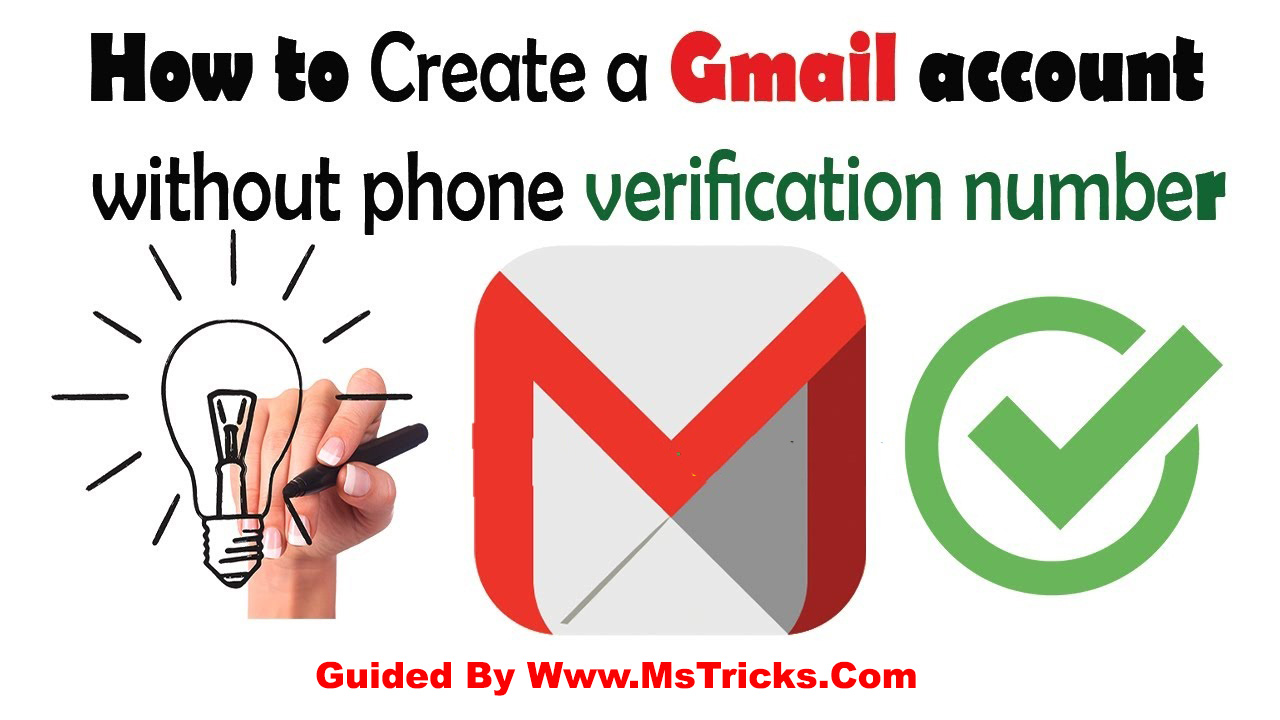Locked Out of Google? Phone Access is Key
Imagine this: You’re about to send a crucial email, access a vital document, or join a video conference, but you're met with a brick wall. You can't get into your Google account. Your password, usually your digital key, suddenly doesn’t work. Then it hits you: you’ve lost your phone, the device linked to your account, and now you're digitally stranded. This scenario, though frustrating, highlights the increasingly vital role of phone access in today's digital landscape, especially when it comes to the ubiquitous Google ecosystem.
Why is phone access so important? Well, Google, like many other online services, uses your phone as a crucial security tool. It's a tangible piece of you in a digital world, a way to verify your identity and protect your account from unauthorized access. This reliance on phones arises from the ever-increasing sophistication of cyber threats. As hackers become more adept at breaching accounts, companies have implemented stricter security measures, including two-factor authentication (2FA), often relying on phone access.
The inability to access a Google account without a phone isn't a new phenomenon. It’s a direct consequence of increased security measures designed to keep your data safe. Historically, a simple password was enough to access online accounts. But as data breaches became more common, the limitations of password-only security became glaringly obvious. This spurred the adoption of multi-factor authentication, with phone-based verification becoming a primary method.
Being locked out of your Google account can be a significant inconvenience. It can disrupt your workflow, limit access to essential information, and even cause financial losses if you rely on Google services for business. This underscores the importance of understanding how Google account security works and the steps you can take to prevent being locked out in the first place.
There are several scenarios where phone access becomes critical for accessing your Google account. The most common is when you enable 2FA. With 2FA, logging in requires both your password and a code sent to your phone. This adds an extra layer of security, making it much harder for hackers to gain access, even if they have your password. Other scenarios include recovering a forgotten password, verifying suspicious activity, or setting up a new device.
If you find yourself unable to log in to your Google account without your phone, don't panic. Google provides several recovery options. You might be able to use recovery email addresses, security questions, or backup codes. These options are set up during the account creation process and are crucial lifelines in such situations. It's highly recommended to configure these recovery methods proactively.
One of the biggest benefits of requiring phone access is enhanced security. By requiring a second form of verification, Google makes it significantly more difficult for unauthorized individuals to access your account. This protects sensitive data like emails, documents, and financial information.
Another benefit is increased peace of mind. Knowing that your account is protected by multiple layers of security, including phone verification, gives you the confidence that your data is safe.
Lastly, having phone-based access control allows you to react quickly to suspicious activity. If someone tries to log in from an unfamiliar location, you’ll receive a notification on your phone, enabling you to take immediate action and secure your account.
Advantages and Disadvantages of Phone-Based Google Account Access
| Advantages | Disadvantages |
|---|---|
| Enhanced security against unauthorized access | Dependence on phone availability and functionality |
| Quick notification of suspicious activity | Potential issues if phone is lost or stolen |
| Easy and convenient second-factor authentication | Accessibility challenges for users without smartphones |
Frequently Asked Questions:
1. What if I lose my phone? Use your recovery options like a recovery email or security questions.
2. Can I access my account without 2FA? You can disable 2FA, but it's not recommended for security reasons.
3. What if I don't have a recovery email? You may need to contact Google support directly.
4. Can I use a landline for 2FA? Google offers alternative verification methods, including voice calls to a landline.
5. What if I get a new phone number? Update your account settings with your new number immediately.
6. How do I set up backup codes? You can generate backup codes in your Google account security settings.
7. What are security questions? These are personal questions you answer during account creation to help verify your identity.
8. What if I don’t remember my security answers? You may need to try other recovery options or contact Google support.
In conclusion, while the inability to access a Google account without a phone might seem inconvenient at times, it's a crucial element of modern online security. The benefits of increased protection against unauthorized access and quick response to suspicious activity significantly outweigh the potential inconveniences. By understanding how Google account security works, setting up recovery options, and staying informed about best practices, you can maintain control over your digital life and ensure that your valuable data remains secure. Take the time to review your Google account settings, ensuring your recovery information is up-to-date, and consider implementing 2FA for enhanced security. Your future self will thank you.
Decoding the ice spice throwing it phenomenon
Finding the perfect female scrub cap pattern a comprehensive guide
Navigating injury your guide to personal injury attorneys in atlanta

/filters:quality(60)/2020-03-26-How-to-Create-a-Gmail-Account-Without-Phone-Number-inline-2.png)










